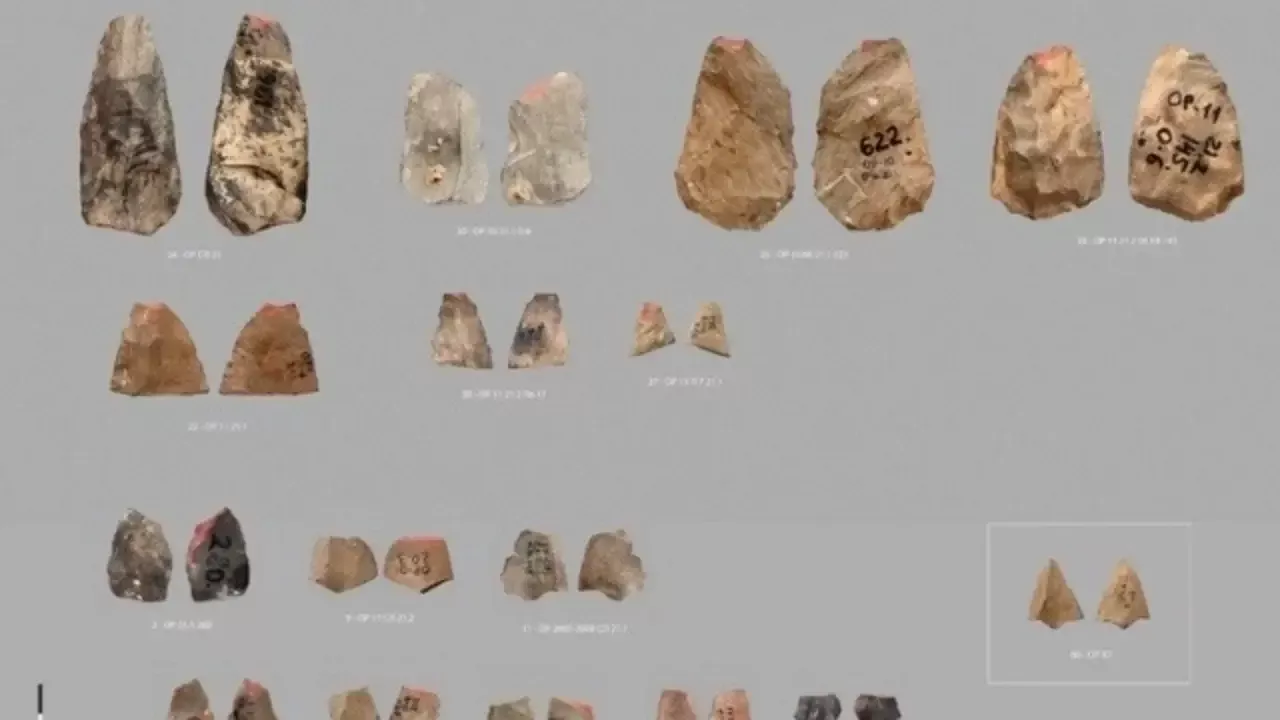
A new archaeological discovery that allows for a fresh interpretation of Central Asia's ancient history was presented to the public on August 18. This was reported by Zamin.uz.
The approximately 80,000-year-old stone arrowheads found in the Obi-Rahmat cave help to deepen the study of ancient humans' hunting methods. An international team of researchers led by Andrey Krivoshapkin, a scientist at the Institute of Archaeology and Ethnography of the Siberian Branch of the Russian Academy of Sciences, identified nearly 200 small artifacts from the cave.
Among them, about 20 arrowheads and their fragments were highlighted. These findings may reveal an important period in human evolution.
The discovered arrowheads weigh between 25 and 35 grams, with a maximum width of 41 millimeters. These arrows are much older than similar artifacts dated 48,000 to 60,000 years found in South Africa, France, and Sri Lanka, indicating that bow and arrow technology appeared early in Eurasia.
One interesting aspect is that remains of a child aged 9-12 years were also found in the same cave. This has sparked scientific debates, with suggestions that the findings show a mixture of Neanderthal and modern human traits.
Additionally, analyses confirm that the small artifacts were indeed used as arrowheads. Their size and breakage patterns do not correspond to larger weapons such as spears or other combat tools.
This indicates that the ancient inhabitants of Central Asia adopted advanced hunting technologies much earlier than previously expected. The Obi-Rahmat cave is located 100 kilometers northeast of Tashkent, at an altitude of 1250 meters above sea level.
It is a large 20-meter cavity in natural limestone rocks, discovered in 1962, and is one of the most important Paleolithic sites in Central Asia. The cultural layers in the cave reach up to 10 meters thick, covering a period from 40,000 to 80,000 years ago.







